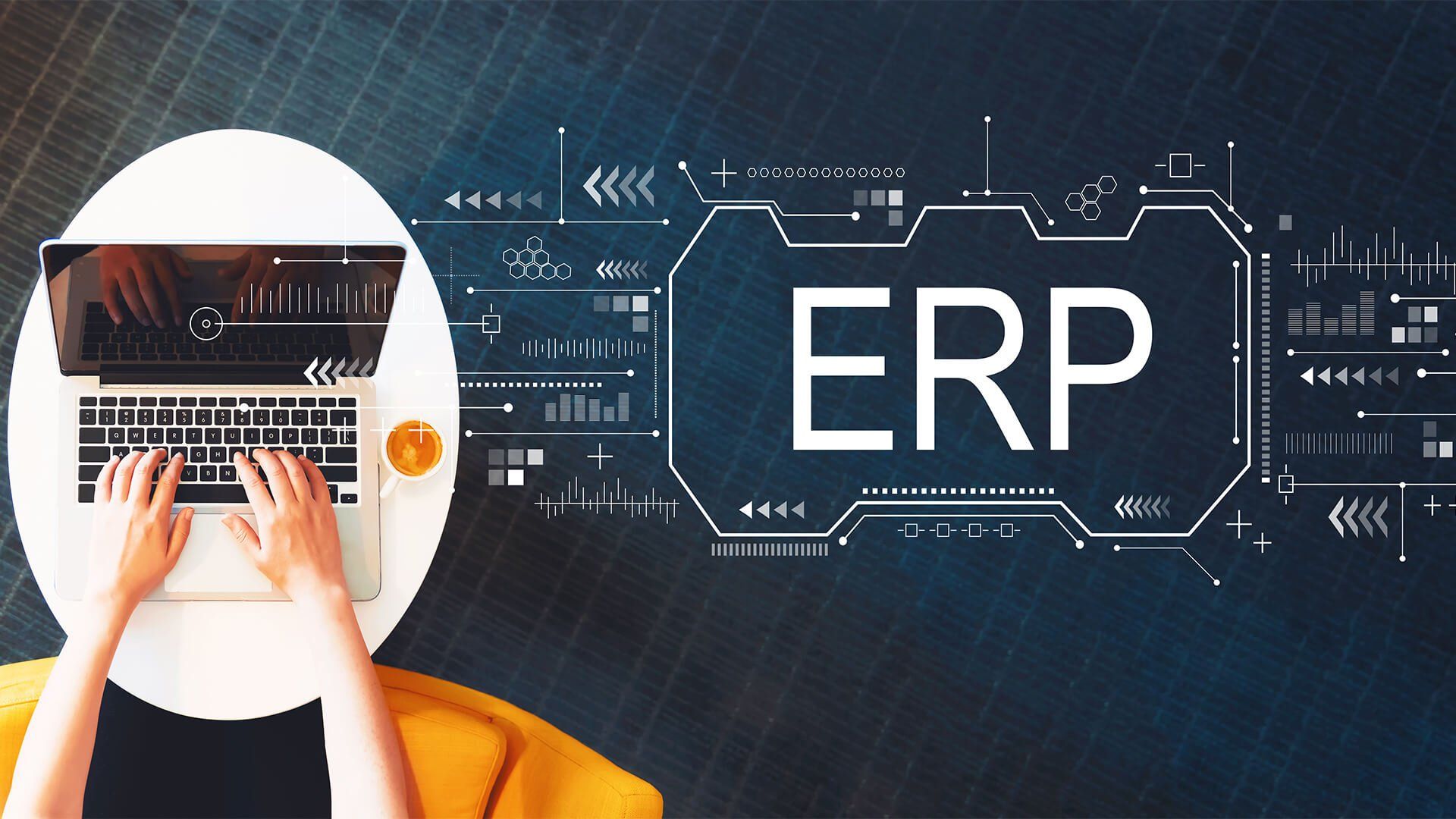How universities and HEIs can choose a competent ERP solution vendor?
Dr Costas Chryssou
February 22, 2023
tamegon Innovation and Growth Advisory Firm
In one of my recent articles I debated the “build or buy" conundrum that many Universities and Higher Education Institutions (HEIs) find themselves contemplating for the implementation of an Enterprise Resource Planning (ERP) solution (http://tamegon.com/build-or-buy-an-erp-system-the-case-for-higher-education-institutions-heis).
I specifically discussed some of the advantages and disadvantages of both options:
- An in-house built solution will most certainly meet the exact requirements of the organisation but developing and maintaining such a solution will also demand significant human and financial resources and above all a long-term commitment from the organisation, in addition to specific knowledge and expertise.
- Buying an ERP solution from a competent vendor, on the other hand, will allow HEIs to focus their attention, scarce resources, and efforts on their educational mission and vision and will enable them to capitalise on the significant expertise, knowledge, and experience that the ERP vendor will have acquired from operating in the marketplace for several years.
Experience suggests that ERP implementation failure rates can exceed 75% (according to Gartner) with one of the main reasons of these perceived failures being the choice of the ERP vendor.
But, how does one choose a competent ERP vendor?
Although choosing an ERP solution is quite a challenging task, by following the steps outlined below organisations can de-risk this process and maximise the opportunities for success.
1. Capture the business benefits expected - It is crucial to map the overall organisational strategic objectives, to the benefits that the ERP implementation project will realise, to the specific organisational impacts within the business, to the project outputs, and to specific and measurable Key Performance Indicators (KPIs). Questions such as, "How will the ERP solution help my organisation to reduce costs, or to launch better products or services, or to improve customer service and experience", should be asked from the outset.
2. Set an overall specification document - A detailed specification document should consider and map the "As Is", what currently works and what does not and should envision the position that the organisation would like to attain following the ERP implementation, the "To Be". The specification document should include the additional functionality required from the HEI to address specific issues. The more time an organisation spends on putting together a specification document that has been distributed throughout the organisation, the higher the probability that the implemented solution will be fit for purpose and the whole organisation will have a coherent vision of the expected outputs and outcomes. The document should also capture any specific requirements and understand the reasons behind them since such requirements many times increase the overall cost of the implementation.
3. Determine a budget and implementation timeline from the outset to include any customisation needed - Many ERP solutions come with a large number of modules including marketing and student recruitment, student information system, student attendance, finance management, human resource management, procurement and purchasing, library management, learning management system, inventory management, and many others. On the outset the organisation needs to carefully consider which modules it needs and prioritise the modules that will have the maximum impact bringing the desired transformation in their operations and enhancing customer experience.

4. Analyse and set criteria for selection - Now that the organisation has clearly captured what it expects from its ERP implementation and the expected impact to the business, it is important to determine the criteria that will be used to assess and compare the received proposals from various vendors. Of course remaining flexible is key since no solution and no vendor will meet all the requirements captured in the specification document. Criteria that could be used to assess proposals and quotes received include:
- Deployment - on the cloud or on-premise servers?
- Security - safeguarded against data tampering and adheres to the latest data protection rules and regulations, such as GDPR?
- Scalability - is the organisation planning to expand its student population and what would than mean for the solution and the experience offered to students and staff?
- Integrations - are there any specific third-party applications that the new ERP solution should seamlessly communicate with? For example, a Learning Management System (LMS), a financial system or an HR system?
- Multi-platform access - is the new ERP solution offering access to the platform through an App?
- Customisation - does the ERP vendor offer support to developing specific Apps and make changes to standard process work flows?
- Implementation - does the offered implementation time support the organisation's plans for its digital transformation journey?
- After sales support - what support is offered by the vendor throughout the implementation and after sales? What modes of support are they offered (remote or face to face) and what are the organisation's preferences?
- Training - how is training on the new solution is provided by the vendor?
- Direct and relevant experience - how many years have they been operating in the education market, how many clients do they have and what references can they offer?
- Long-term view and approach - has the vendor invested in updating and re-designing their ERP solution over the years and has it been operating a considerable amount of time in the market?
5.
Evaluate ERP vendors according to the criteria set
- Now that the organisation knows how to assess ERP vendors and what it is important to its digital transformation project, it is time to approach several vendors, discuss their requirements and plans and receive proposals and quotes to shortlist and evaluate.
6. Prepare for the implementation - when the organisation has selected the vendor and the ERP solution that best matches its strategy, timelines, and budget, it is time to start thinking of the implementation itself, the resources required, the team, and the capability development to achieve high adoption of the solution and maximise the return on investment.
...technology is just an enabler, not a solution...
Selecting an ERP solution is a huge undertaking for any business and this is indeed the case for complex organisational structures, such as universities. It is important therefore that HEIs take their time to understand the benefits they are seeking from the ERP solution, for their students, educational provision and their business. HEIs need to take a long-term view when it comes to evaluating and comparing vendors and to appraise them as future partners.
The implementation phase of the ERP solution can be a long process and should be complemented with a review and re-design of processes and procedures, if possible. The time invested before the organisation starts its ERP implementation journey will pay dividends maximising ROI and avoiding having to deal with a costly and failed implementation.

Costas Chryssou
MBA, PhD
Founder and Managing Director
Sign up for our
articles
Sign up to our newsletter











